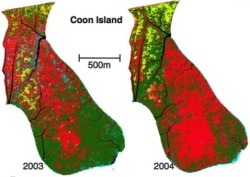Understanding how California's forest and rangeland owners value land
 Tuesday, August 16, 2011 at 7:30PM
Tuesday, August 16, 2011 at 7:30PM  Ferranto, S., L. Huntsinger, C. Getz, G. Nakamura, W. Stewart, S. Drill, Y. Valachovic, M. DeLasaux and M. Kelly. 2012. Forest and rangeland owners value land for natural amenities, and as financial investment. California Agriculture 65(4): 184-191
Ferranto, S., L. Huntsinger, C. Getz, G. Nakamura, W. Stewart, S. Drill, Y. Valachovic, M. DeLasaux and M. Kelly. 2012. Forest and rangeland owners value land for natural amenities, and as financial investment. California Agriculture 65(4): 184-191
Forty-two percent of California’s forests and rangelands are privately owned. These lands provide important ecosystem services such as carbon sequestration, wildlife habitat, and pollination services, but little is known about the people who own and manage them. We surveyed forest and rangeland owners in California, and found that these long-time landowners value their properties for their natural amenities and as a financial investment.
 forests,
forests,  landowners,
landowners,  rangelands,
rangelands,  survey
survey 
